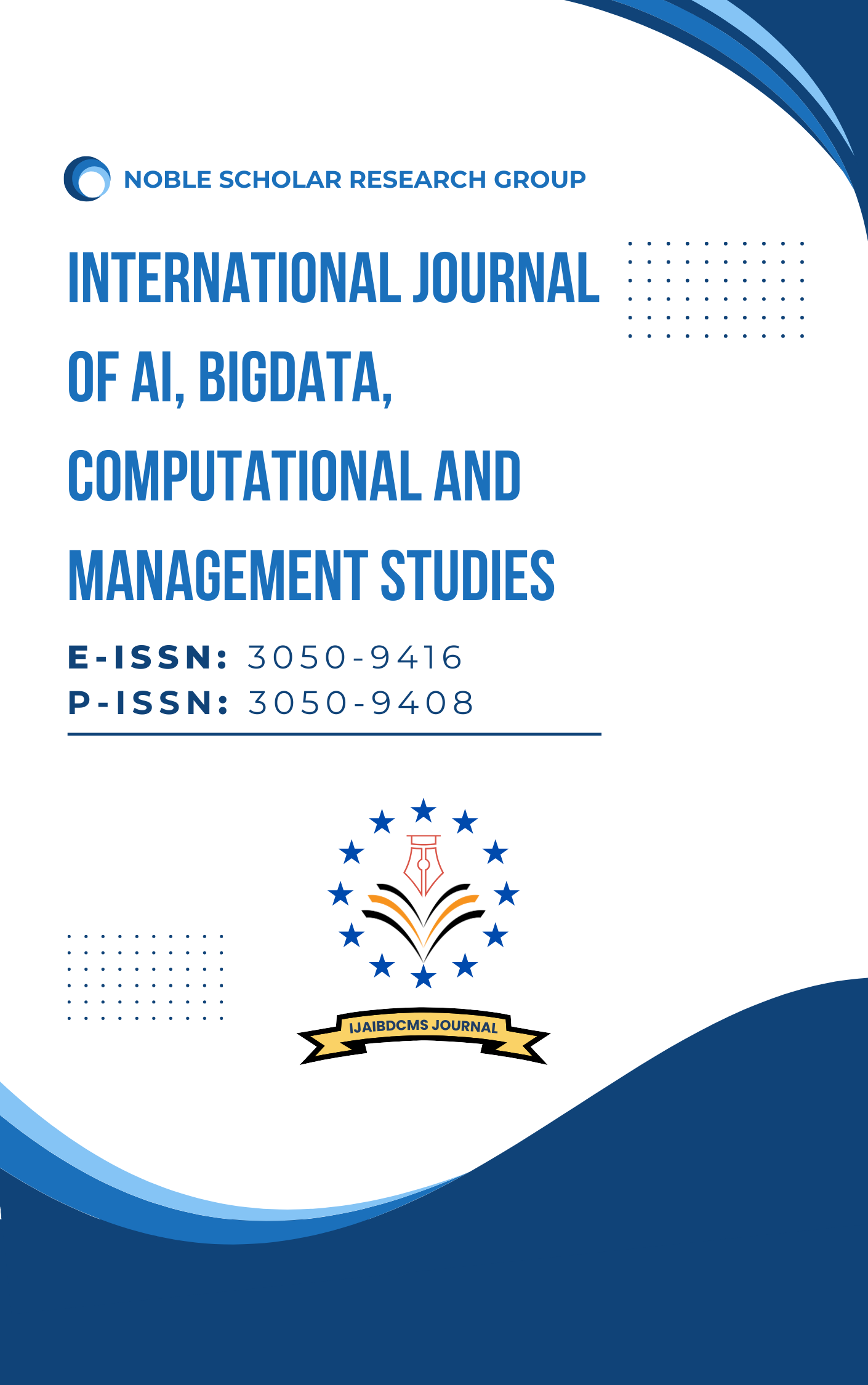Deep Learning Optimization in Cloud Environments: Challenges, Techniques, and Future Trends
DOI:
https://doi.org/10.63282/3050-9416.IJAIBDCMS-V2I2P102Keywords:
Deep Learning, Cloud Computing, Optimization, Scalability, Future Trends, Resource AllocationAbstract
Deep learning in cloud environments offers benefits such as scalability, cost-effectiveness, and flexibility, yet presents several challenges. These include managing large datasets, allocating resources, and synchronizing processes across multiple machines. Training deep learning models on the cloud requires careful consideration of scalability, data storage and transfer, resource allocation, and model management. Overfitting and computation time also pose challenges, often addressed through regularization methods, dropout techniques, and optimization of training parameters. Techniques to optimize deep learning in the cloud include using GPUs and specialized deep learning processors like TPUs to speed up computation. Efficient data storage methods, such as those used with Neural Concept Shape, help manage large 3D numerical simulation files. Optimization strategies focus on improving computational efficiency and reducing costs. Deep learning applications in cloud environments span diverse fields, including image reconstruction, weather prediction, and financial mathematics. Future trends involve exploring hybrid forecasting models, investigating the impact of emerging technologies, and developing innovative methods for handling missing data to enhance predictive accuracy and robustness. The use of integrated photonic hardware accelerators and atomically thin semiconductors also shows promise for energy-efficient deep learning
References
1. Dean, J., Patterson, D., & Young, C. (2018). "A new golden age in computer architecture: Empowering the machinelearning revolution." IEEE Micro, 38(2), 21-29.
2. Li, Y., & Wu, J. (2020). "A survey on federated learning: Concept, applications, and future directions." IEEE Transactions on Artificial Intelligence, 1(1), 49-76.
3. Zhang, C., et al. (2019). "A unified optimization framework for deep neural networks in cloud environments." IEEE Transactions on Cloud Computing, 7(3), 690-703.
4. Abadi, M., Barham, P., Chen, J., et al. (2016). "TensorFlow: A system for large-scale machine learning." OSDI 2016.
5. Wang, S., Tuor, T., Salonidis, T., et al. (2018). "Adaptive federated learning in resource-constrained edge computing systems." IEEE Journal on Selected Areas in Communications, 37(6), 1205-1221.
6. Chen, J., Lin, X., Kang, J., & Yu, H. (2020). "Optimizing deep learning models for edge-cloud computing systems." IEEE Transactions on Cloud Computing, 8(3), 756-769.
7. Park, J., Samarakoon, S., Bennis, M., & Debbah, M. (2019). "Wireless network intelligence at the edge." Proceedings of the IEEE, 107(11), 2204-2239.
8. Gholami, A., Kim, S., Dong, Z., et al. (2021). "A survey on quantization techniques for deep learning." arXiv preprint arXiv:2103.13630.
9. Li, H., Ota, K., & Dong, M. (2018). "Learning IoT in edge: Deep learning for the Internet of Things with edge computing." IEEE Network, 32(1), 96-101.
10.Zhu, H., Huang, C., Zhang, R., & Larsson, E. G. (2020). "Broadband analog aggregation for low-latency federated edge learning." IEEE Transactions on Wireless Communications, 19(1), 491-506.



